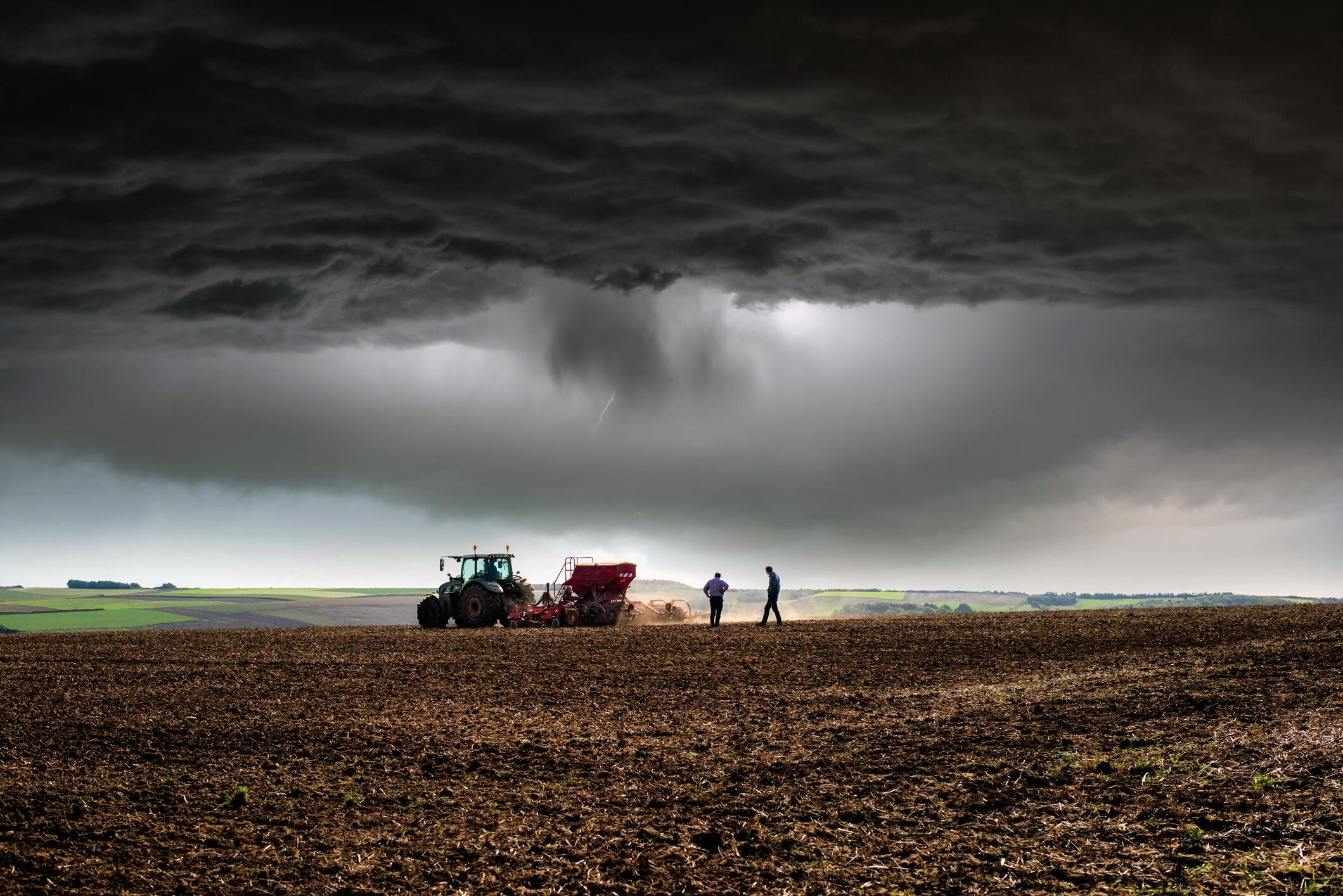Global stockpiles have plunged and production in West Africa, which produces about 70% of global cocoa, is under pressure from disease and unpredictable weather.
As commodity intelligence platform Vesper B.V. confirmed to this publication, 2025 represents a full-blown cocoa crisis, and it’s one that has been building for years.
“As of early 2025, we’ve had three consecutive years of global cocoa deficits, pushing our stock-to-grind ratio to a 46-year low,” says Vesper founder and CEO Alexander Sterk.
There’s no room for error on the production side; West Africa’s swollen shoot virus – a disease that kills trees within four years, and the only solution is cutting them down – has infected an estimated 67% of farms according to Vesper’s January 2025 data. Meanwhile, 70% of Ivory Coast’s trees are aging and increasingly vulnerable. Multinational processor Cargill has even halted cocoa grinding operations in the country, the first such stoppage outside routine maintenance.
But Sterk cites Ghana’s situation as even worse. “Throughout 2025, the country has defaulted on both cocoa contracts and sovereign debt, lost approximately 160,000 tons to smuggling in the 2023/24 season … and faces what we can only describe as a financial disaster.”
When prices rise, the cost to produce chocolate drinks, hot chocolate mixes and chocolate milk can only go one way. As Peter Feld, CEO of multinational chocolate and cocoa product manufacturer Barry Callebaut, told the market in the company’s July earnings call, “The cocoa market’s … unprecedented conditions have become the new normal and have fundamentally impacted the entire industry and value chain.
“We have successfully priced through the cocoa price increases to our customers much faster than the market can absorb at retail, with a 63% price increase year-to-date.”
But cocoa’s price volatility is not solely down to supply-side problems. The weather isn’t helping; the April to October period is what cocoa traders call the “silly season”, where every drop of rain falling or not falling gets traded. According to Vesper, the 30-day period through August 15, 2025 was recorded as the driest for this time in 46 years, with farmers reporting that leaves are falling off trees and young pods are turning black.
US tariffs, a policy adding another layer of complexity to an already fractured market structure, are also playing a part. The ensuing increased cost of cocoa imports caused Hershey to report in July 2025 as much as US$100 million in costs for Q3 and 4. The confectionery manufacturer has also raised retail prices, is shrinking its packaging and has launched lobbying efforts, arguing cocoa should be exempt from tariffs since it can’t be grown in the US.
Donald Trump has since, on September 8, 2025, enacted an executive order that includes exemptions for imports including cocoa and coffee from existing US tariffs.
What now? Some analysts are optimistic and project substantial future surpluses. The September 2025 Commodity Risk Analysis (CRA) forecast shows a 325,000 ton surplus for 2025/26, the first in three years, and argues that high prices have incentivized new planting in Ecuador, Peru, Nigeria and Brazil while destroying enough demand to rebalance the market.
Despite early optimism, pod mortality rates in Ivory Coast climbed 15-20% above May 2025 forecasts according to Vesper analysis.
Demand, though, has certainly been adversely affected. Vesper’s August 2025 Nielsen data shows that European chocolate volumes were down 19%, global grind data shows consistent 7-8% declines through mid-2025, with chocolate companies actively reformulating products using alternatives like vegetable oils.
To cut costs, manufacturers can reduce the cocoa content per unit, switch to lower‑grade or alternate origin cocoa, or adjust recipes to reduce dependency. Voyage Foods for example has partnered with Cargill to develop its cocoa-free confectionery and spreads. This approach has the added benefit of allowing brands to pursue sustainability goals.
Ofi (Olam Food Ingredients), the multinational processor, is perhaps best known for this approach. Since its first quality improvement initiative in 2004 in Indonesia, the company has worked with cocoa farmers and local communities to enhance the environmental and social sustainability of its cocoa supply chain. According to ofi, 300,000 cocoa farmers have benefited from this scheme through training, tools and support to transition to more sustainable farming practices.
It has also planted 8.9 million trees to promote agroforestry and partners with chocolate companies to provide traceability and data to prevent deforestation and ensure compliance with laws on child labor.
Long-term commitment to sustainability and ethical farming practices like these might just be enough to secure the future of chocolate, despite, as we’ve seen, such adversity to overcome.


